7 Key Things to Know Before Buying a Little Cottage Company Greenhouse
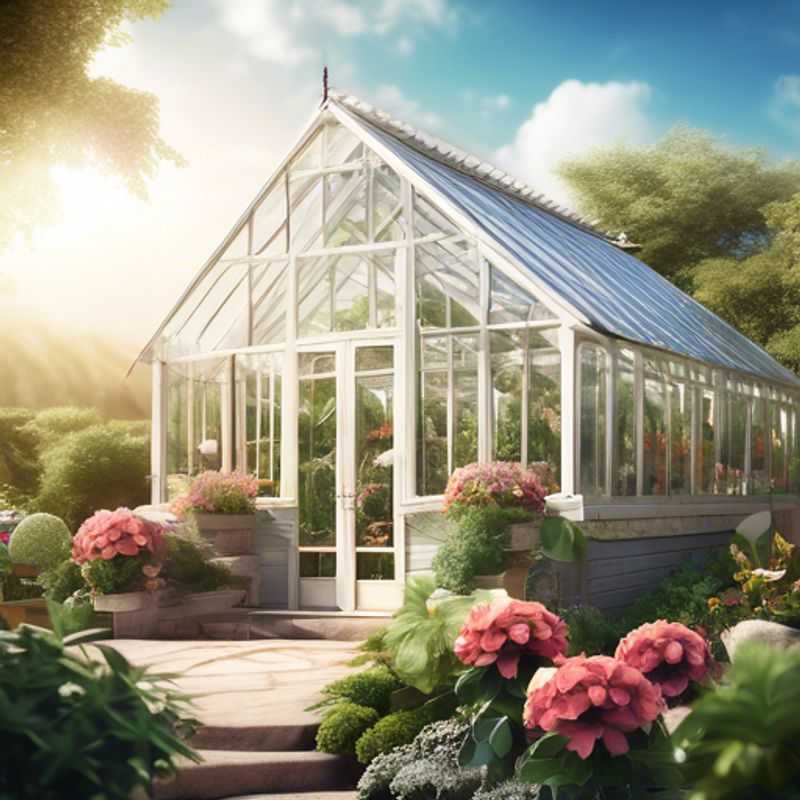
7 Things to Know Before Buying a Little Cottage Company Greenhouse
Before you invest in a Little Cottage Company greenhouse, there are several key factors to consider. This will help you make an informed decision and ensure your new greenhouse is the perfect fit for your gardening needs.
1. Size and Dimensions: Measure your available space carefully and select a greenhouse that fits comfortably. Consider the footprint, height, and door size for easy access.
2. Materials and Construction:
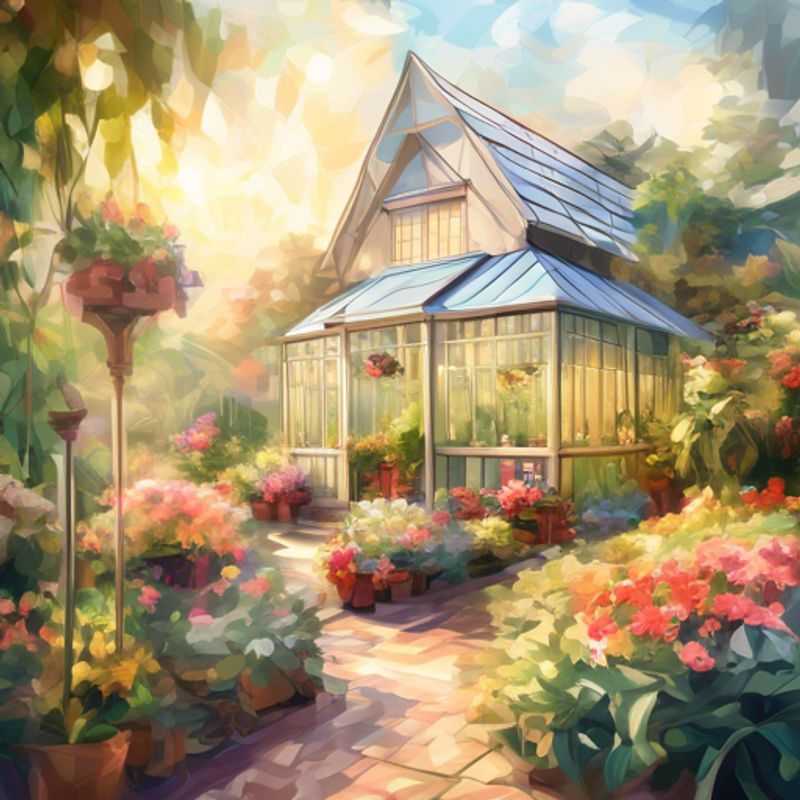
Greenhouse Sizing: Ensuring a Perfect Fit for Your Garden
Before purchasing a greenhouse, it's critical to consider the available space and ensure the greenhouse dimensions fit comfortably. Carefully measure the area where you plan to place the greenhouse, taking into account any obstacles or limitations.
Consider the length, width, and height of the greenhouse. Allow for sufficient space around the structure for access, ventilation, and potential future expansion.
It's recommended to measure the space at least twice to ensure accuracy. You can use a tape measure, a laser distance meter, or even a simple rope to measure the area.
Remember, the greenhouse dimensions will impact its functionality. A greenhouse that is too small may restrict plant growth, while one that is too large can be challenging to maintain and heat effectively.
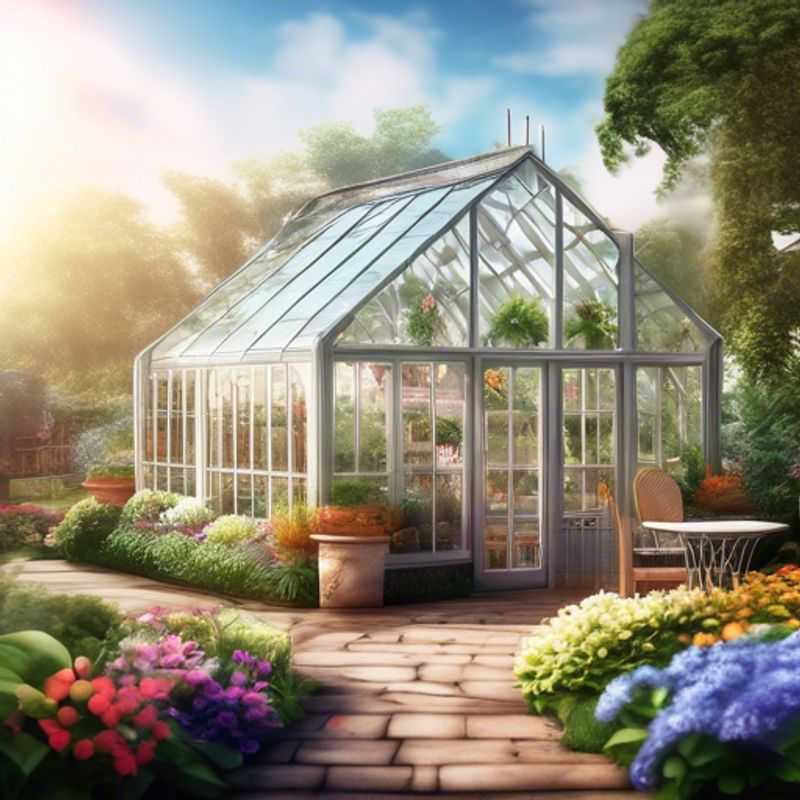
Building for the Long Haul: Reviewing Construction Materials for Durability and Weather Resistance
When reviewing materials used in construction for durability and weather resistance, it is crucial to consider several key factors. Common materials include concrete, steel, wood, and composite materials. Each has unique properties that affect their performance in various weather conditions.
Concrete is renowned for its strength and low maintenance, making it ideal for foundations and structural elements. It is resistant to moisture and can withstand harsh weather when properly mixed and cured. Steel offers high tensile strength and durability, but requires protective coatings to prevent rust in humid or coastal environments.
Wood is a traditional choice but needs treatment to resist rot and insects. Selecting pressure-treated or naturally durable species like cedar or redwood can enhance its longevity. Composite materials combine plastics and wood fibers, providing resistance to decay and reduced maintenance.
When estimating costs, consider expenses related to material acquisition, transportation, and installation. Additionally, factor in potential expenses for protective treatments and long-term maintenance. Understanding the climate conditions of the project location will also guide material selection for optimal performance.
In summary, choosing the right materials based on their durability and weather resistance is essential for a successful construction project. Prioritize materials that fit the specific environmental challenges while keeping an eye on the overall cost and maintenance requirements.
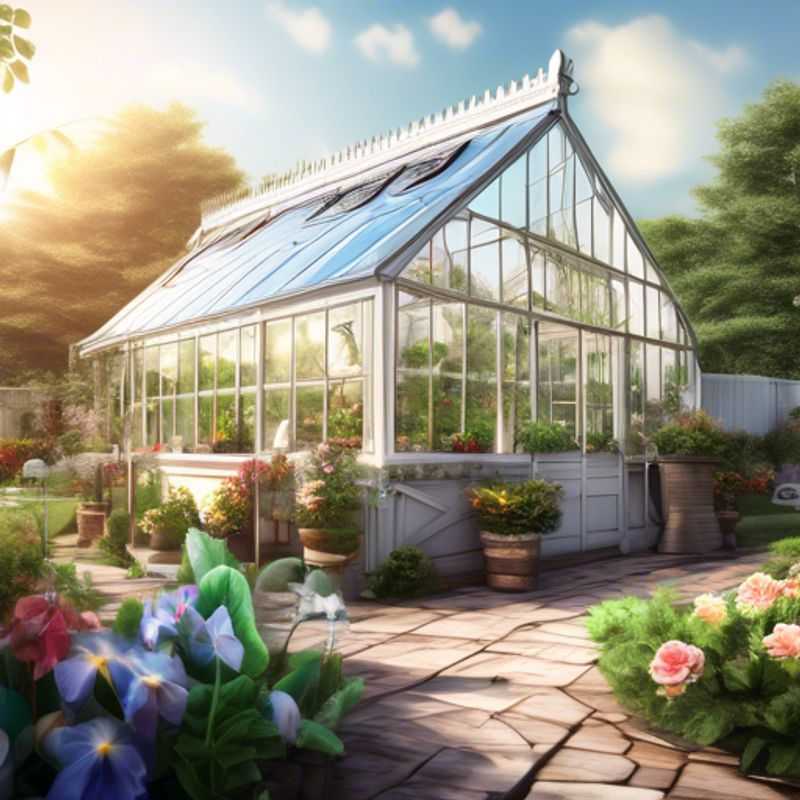
Building with Confidence: Understanding Assembly Processes and Essential Tools
Understanding the assembly process of any product is crucial for successful and efficient execution. Before diving into assembly, carefully review the instructions and familiarize yourself with each step. Always prioritize safety by wearing appropriate protective gear, like safety glasses and gloves.
The tools required for assembly will vary based on the product. Familiarize yourself with the tools needed and ensure you have them before starting. It's crucial to invest in high-quality tools as they contribute to accurate assembly and product longevity.
If you lack the necessary skills for a specific assembly, it's best to seek professional assistance. Attempting to assemble beyond your skill level can lead to damage, injury, and ultimately increase costs. A small investment in professional help can save you from costly mistakes and ensure the product is properly assembled.
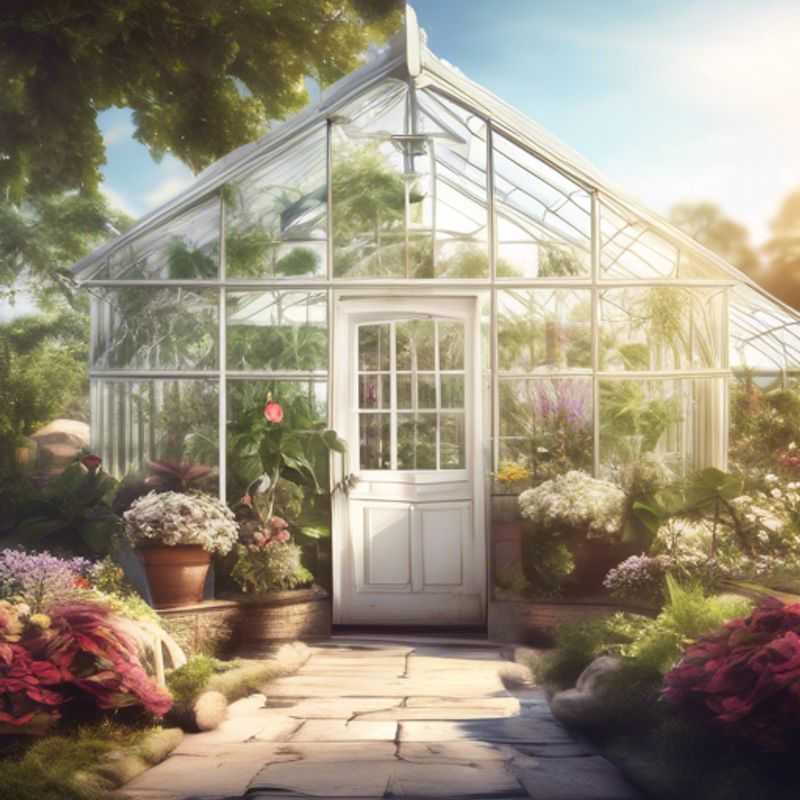
Optimizing Your Indoor Garden: Ventilation and Climate Control
Ventilation and climate control are crucial for maintaining optimal growing conditions for plants, livestock, or other living organisms. Proper ventilation ensures fresh air circulation, removes excess humidity, and prevents the buildup of harmful gases, while climate control regulates temperature and humidity levels to create a favorable environment for growth.
Ventilation systems can be passive or active. Passive systems rely on natural air movement through openings like windows or vents, while active systems utilize fans or other mechanical devices to force air circulation. The type of ventilation system chosen depends on the specific needs of the growing environment and the climate.
Climate control involves regulating temperature and humidity levels. This can be achieved through various methods, including heating, cooling, and dehumidifying systems. Choosing the appropriate climate control system depends on the specific requirements of the growing environment, such as the type of plants or animals being raised, the ambient temperature, and the desired humidity levels.
Ventilation and climate control systems may require regular maintenance and upkeep to ensure their optimal performance. This includes cleaning filters, checking fan operation, and adjusting settings as needed. Proper maintenance can prevent breakdowns, improve energy efficiency, and contribute to a healthy growing environment.
The cost of ventilation and climate control systems can vary widely depending on the size and complexity of the growing environment, the type of systems chosen, and the specific requirements. It's important to carefully consider the needs of the growing environment and factor in the long-term costs of operation and maintenance when making decisions about ventilation and climate control.
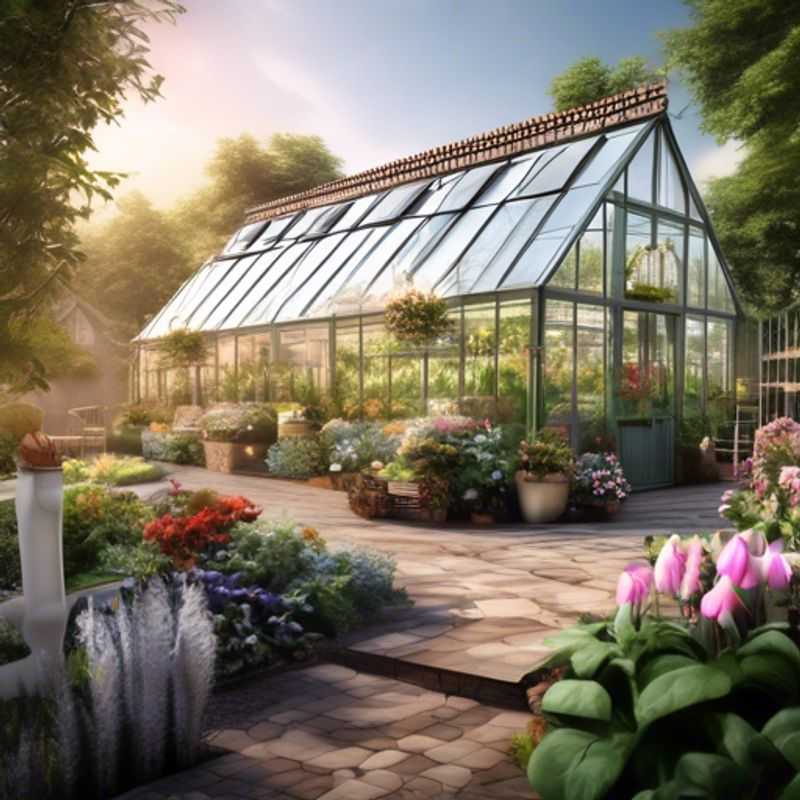
Greenhouse Customization: Finding the Perfect Accessories for Your Growing Space
Personalizing your greenhouse with accessories and customization options can enhance its functionality, aesthetics, and overall growing experience. Consider the following aspects:
Ventilation and Cooling
Ensure adequate ventilation and cooling for optimal plant growth. Consider fans, vents, and cooling systems, which might involve additional costs. For instance, installing a fan can improve air circulation and help prevent heat buildup, especially during hot weather. Additionally, automatic vent openers can be helpful in maintaining optimal temperature and humidity levels.
Heating
In colder climates, supplementary heating might be necessary to create a suitable growing environment. Options include:
- Space heaters
- Greenhouse heating systems
- Heat mats
These options involve varying costs, with some requiring professional installation or maintenance.
Watering and Irrigation Systems
Efficient watering systems can save time and water. Consider:
- Drip irrigation systems
- Automated watering timers
These systems can be cost-effective in the long run, reducing water waste and simplifying plant care.
Shelving and Growing Media
Consider adding shelving units, grow bags, or other growing media to maximize space and optimize plant growth. Remember:
Shelving units can be customized to accommodate different plant sizes, and grow bags can offer a convenient and readily available growing medium.
Lighting Systems
Supplemental lighting is essential for plants that require more light, especially during shorter days. Explore:
- LED grow lights
- Fluorescent lights
While these options can significantly improve plant growth, they can also add to the overall costs. LEDs are generally more energy-efficient and have a longer lifespan compared to traditional fluorescent lights.
Additional Features
Other customization options might include:
- Automated monitoring systems
- Greenhouse benches and tables
- Greenhouse covers and shade cloths
These features can further enhance the functionality and aesthetics of your greenhouse. Consider your specific needs and budget when choosing these accessories.
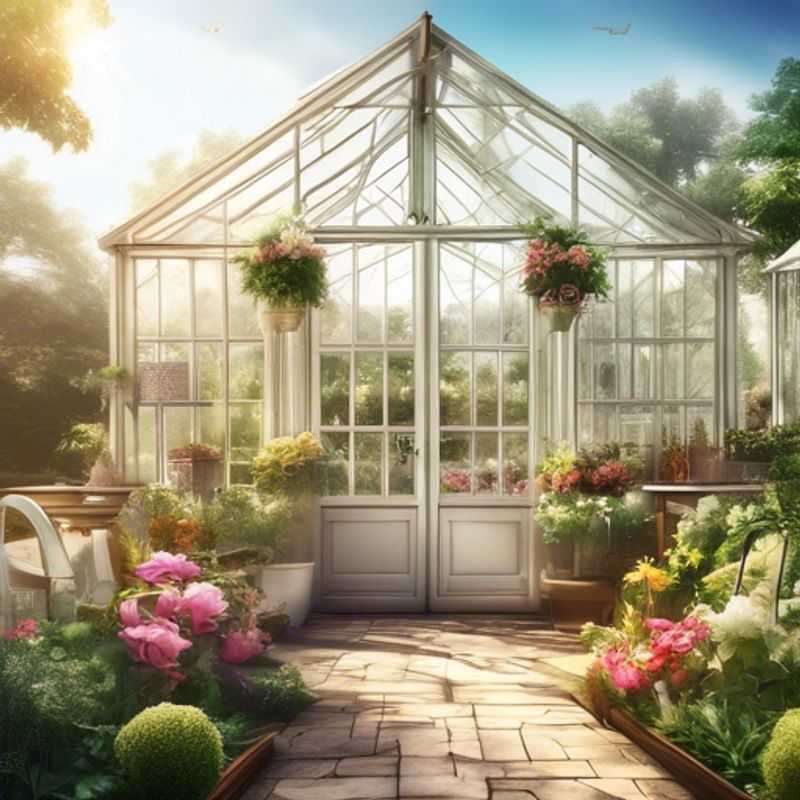
Little Cottage Company: Warranty and Customer Support Deep Dive
Before making a purchase from Little Cottage Company, it's crucial to research their warranty and customer support policies. This step is vital to ensure you're protected in case of any issues with your product.
Begin by visiting the Little Cottage Company website. Look for a dedicated “Warranty” or “Customer Support” section, usually found in the footer or under the "About Us" page. Read through their warranty terms carefully, paying attention to the duration, coverage, and any limitations. Consider reaching out to their customer support team directly via phone, email, or chat to inquire about specific details or ask any questions you might have.
While the warranty details are crucial, don’t neglect to explore customer support options. Investigate their response times, methods of contact, and overall customer service reputation. Read online reviews, forums, or social media posts to gauge customer satisfaction and get a sense of how they handle issues and queries. This research will help you make an informed decision about whether Little Cottage Company offers the level of support and assurance you seek.
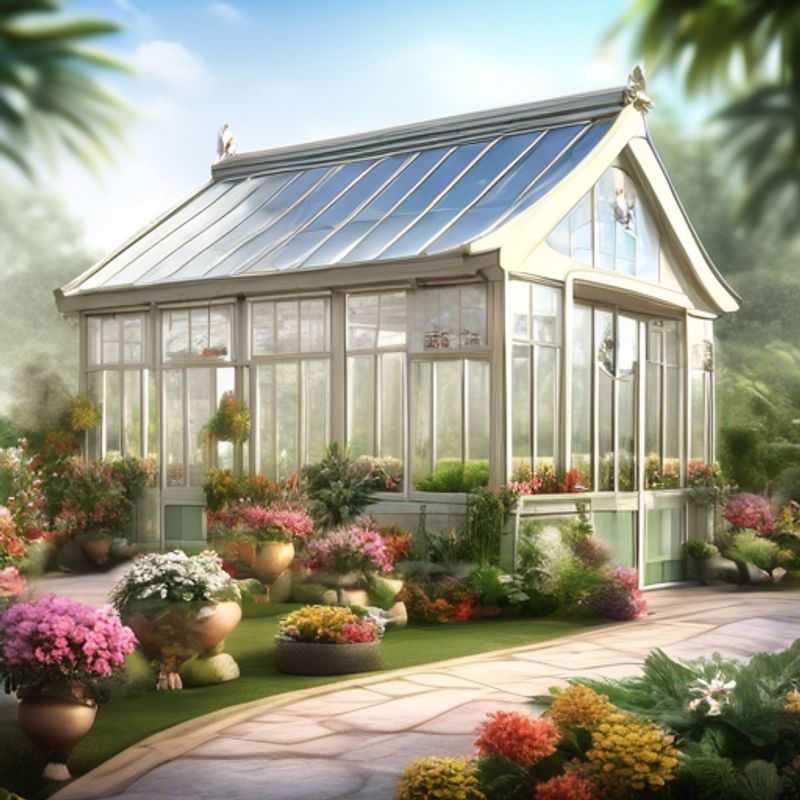
Beyond the Price Tag: Accounting for Shipping and Installation Costs
When assessing the overall cost of a product, don't forget to factor in shipping and any potential installation fees. These hidden costs can significantly impact your budget.
Shipping costs vary depending on the product's size, weight, and distance traveled. Some online retailers offer free shipping for certain orders, but it's always wise to check the details.
Installation fees can range from minimal to substantial, depending on the complexity of the product and the level of expertise required. If the product requires professional installation, be sure to inquire about the associated costs beforehand.
To stay within your budget, compare prices from different retailers and consider purchasing during sales or promotions. It's also a good idea to factor in a contingency fund to cover any unexpected expenses.
By carefully considering all costs, you can make informed purchasing decisions and avoid overspending.
